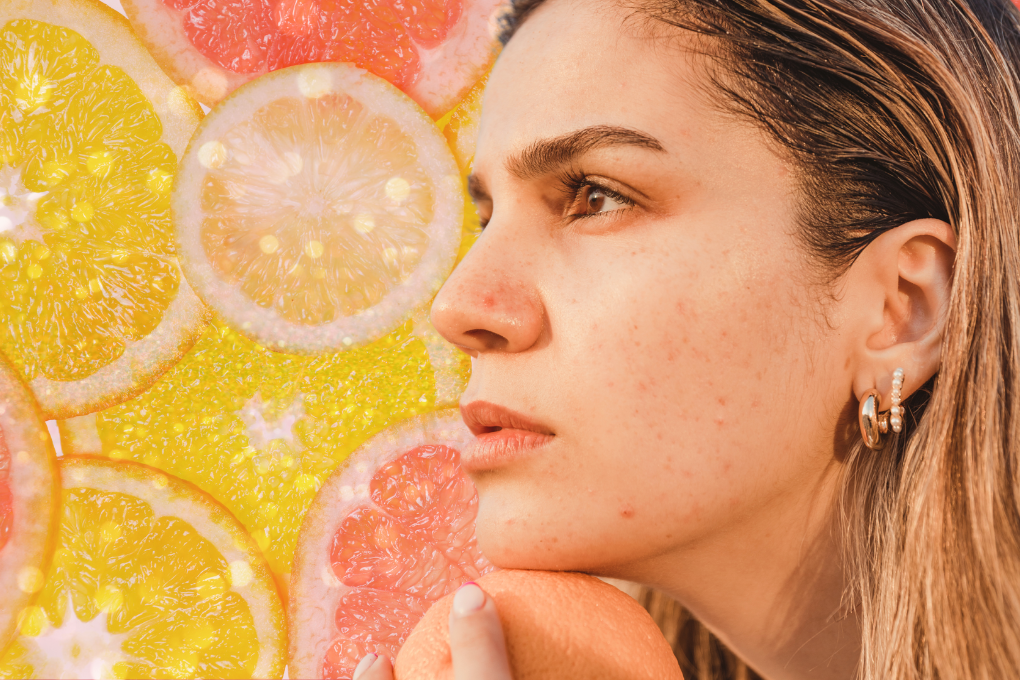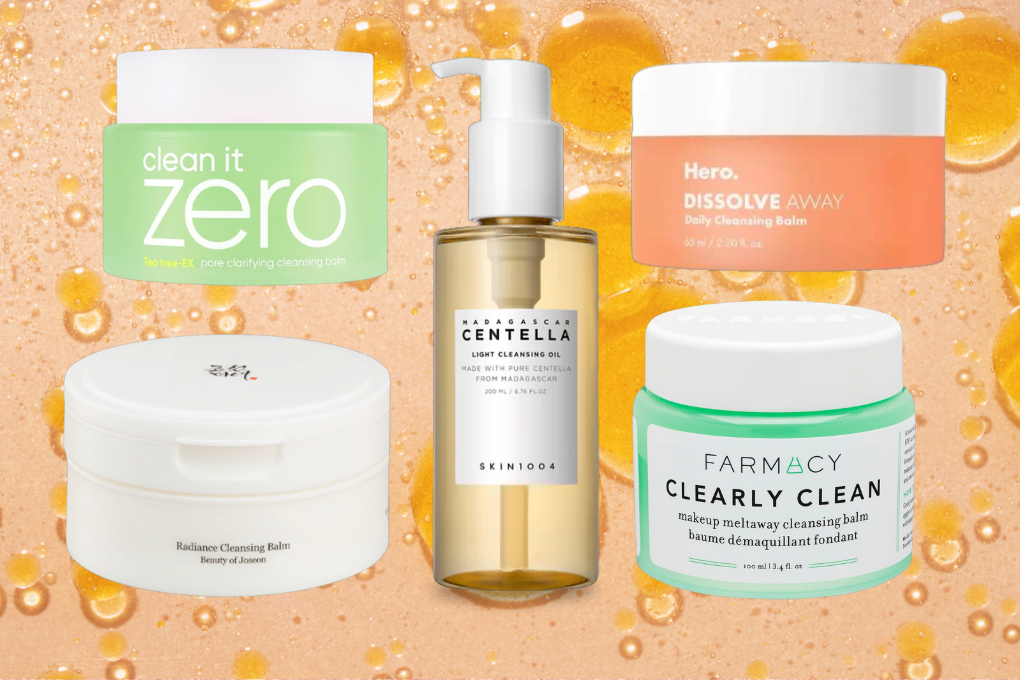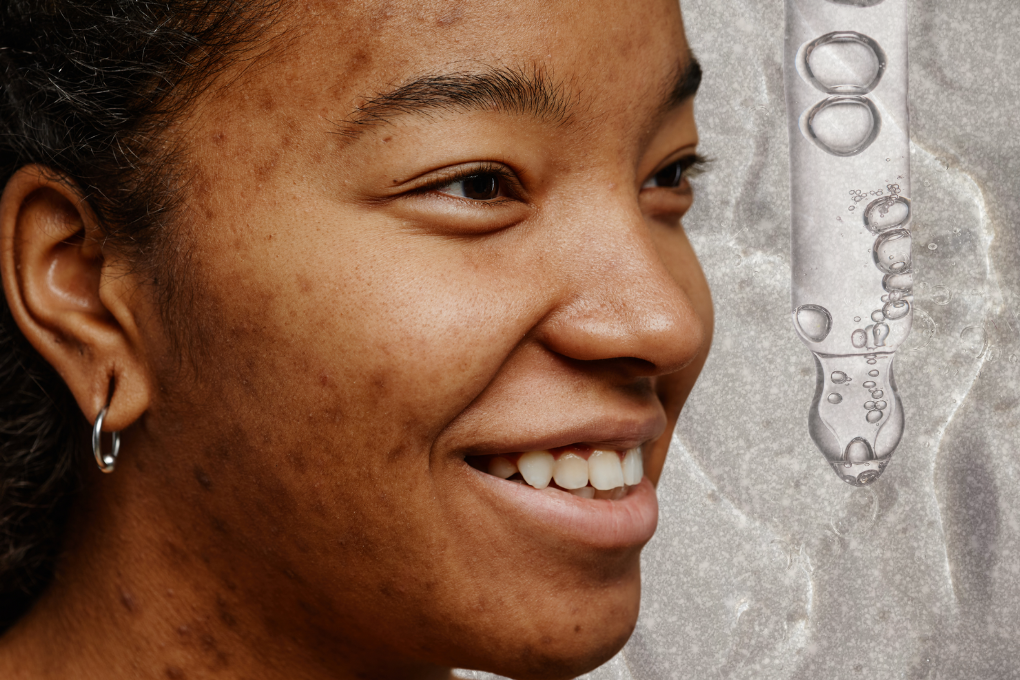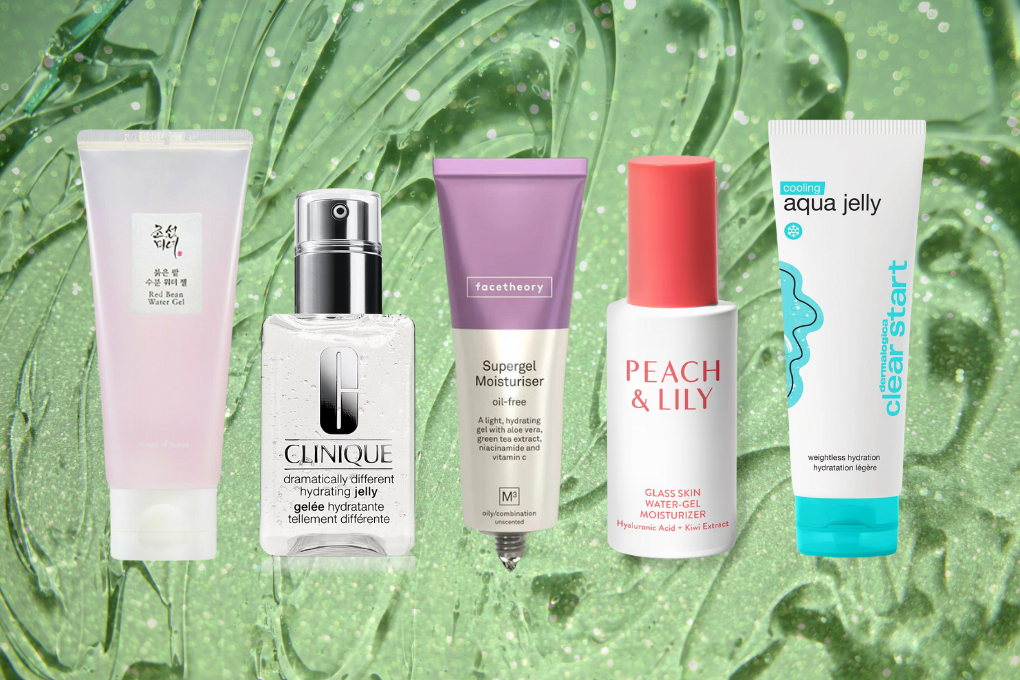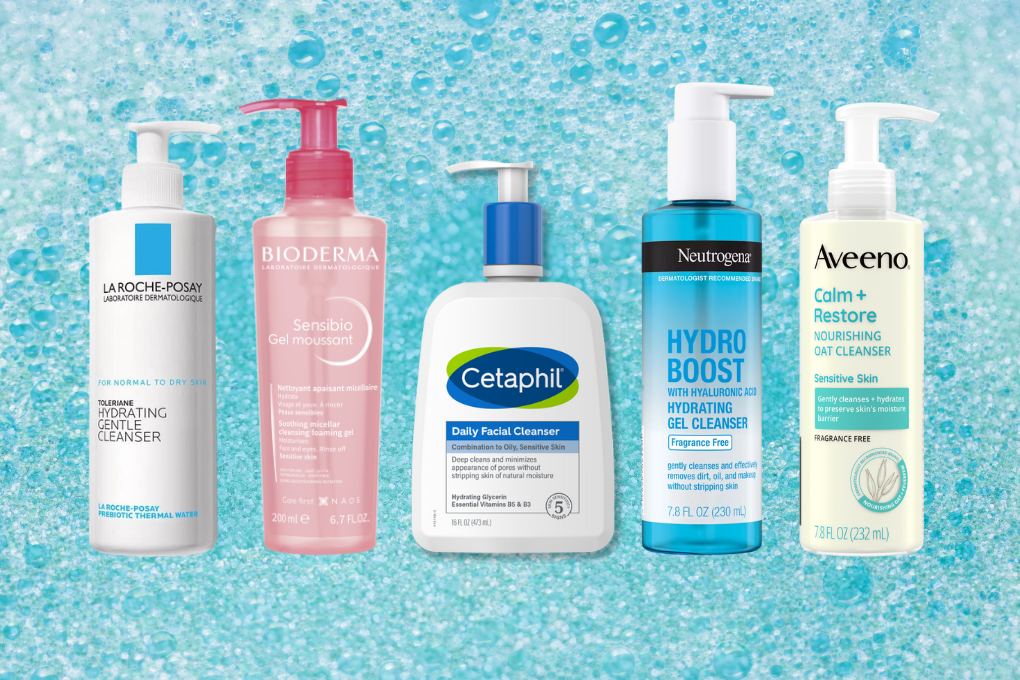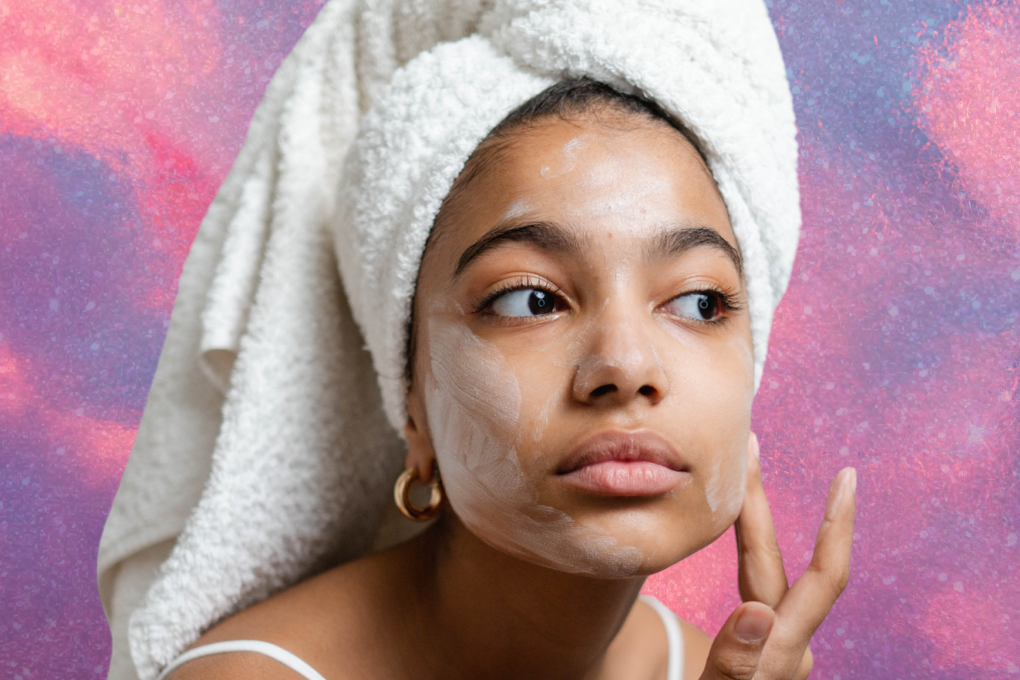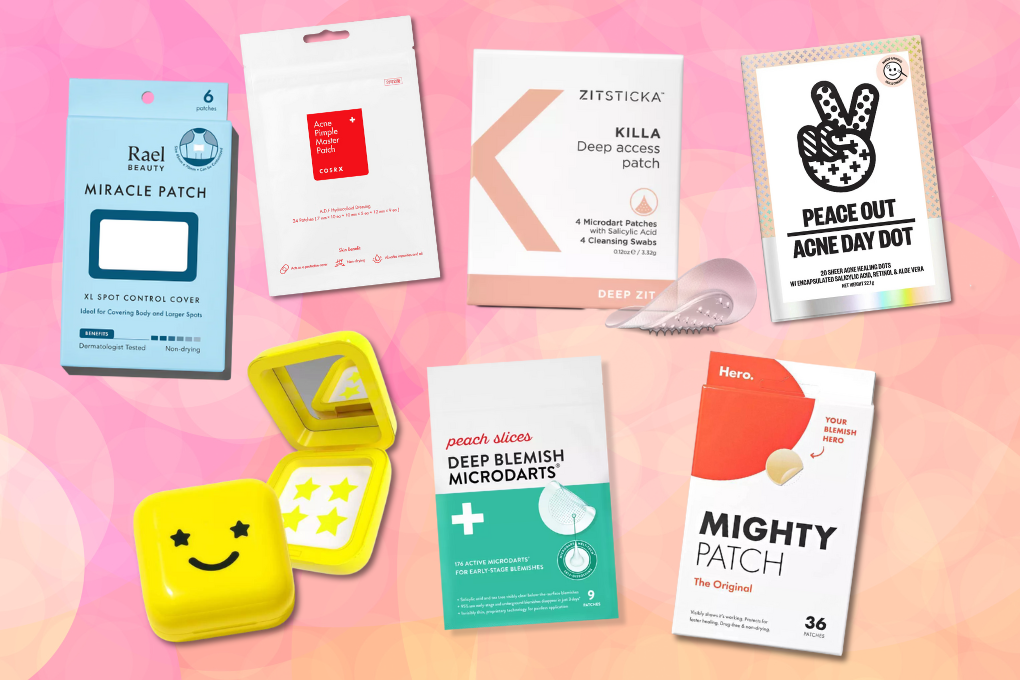Today, we’re shining a light on a universal skin problem: open comedones, or as they’re often called, blackheads. Whether you’ve been battling them for years or you just noticed your first one, we all encounter blackheads at some point, and understanding them can be the first step to addressing them effectively.
What Are Open Comedones?
Open comedones are pores that have become clogged with a mix of dead skin cells and sebum, our skin’s natural oil. Commonly known as blackheads, open comedones are those tiny black or darkened spots we often see in the pores of our nose, chin, or forehead.
Contrary to popular belief, the black hue isn’t due to dirt. Our skin constantly produces sebum, which sometimes, in its best effort to moisturize, can overdo things. Excess sebum teams up with dead skin cells and gets trapped in our pores without a skin layer to cover them. Exposure to air through the open top of the pore causes the contents within to oxidize and turn dark, hence the characteristic black appearance.
Open comedones frequently appear on your T-zone because this area typically produces more oil than other parts of our face, making it a prime locale for blackheads. And while they are common, leaving them unchecked can lead to enlarged pores over time.
Blackhead Causes: More Than Meets the Eye
While we know that blackheads are caused by clogged pores, getting to that point can be the result of a mix of factors. By understanding the causes of blackhead formation, you will be better equipped to address the root of the issue and not just the visible outcomes. Let’s check out some of these causes:
- Excess Sebum Production: The skin naturally produces an oil called sebum, which keeps our skin soft and moisturized. However, an overproduction can lead to clogged pores, which can invite blackheads. Times when our hormones are in flux, such as puberty, menstruation, while taking some medications, or sometimes even eating a high glycemic diet can trigger increased sebum production. More oil? More chances of blackheads.
- Accumulation of Dead Skin Cells: The natural exfoliation process of our skin doesn’t always work seamlessly and the rate at which our skin renews itself can vary from person to person. Some might experience a slower shedding process, leading to a buildup of dead skin cells on the skin’s surface. If dead skin cells aren’t regularly exfoliated, they can mix with the oil, leading to pore blockages that create blackheads.
- Pore-Clogging Ingredients: It’s a good practice to scan the ingredient list of your skincare and makeup products. Heavy products or ones with pore clogging ingredients such as isopropyl myristate, oils, lanolin, and some heavy silicones can exacerbate blackhead issues if your skin is prone to it. Using products not suitable for your skin type can cause product build-up, leading to clogged pores. Keep an eye on what is in your hair products too, as they can often make their way to your skin.
Open Comedones Treatment
Blackheads are common and can be improved with many over-the-counter products. Here are some easy and effective ways to treat them:
Salicylic Acid
A type of beta-hydroxy acid (BHA), salicylic acid is our hero ingredient here and is usually the first option to treat blackheads. Not only does it help exfoliate the surface of your skin, it is also able to penetrate deep into pores, dissolving the trapped debris that causes blackheads. You can get salicylic acid in specialized face wash or as a leave-on treatment.
CeraVe Acne Control Cleanser 2% Salicylic Acid and Clay
Farmacy Deep Sweep 2% BHA Toner for Face with Salicylic Acid
Cetaphil Gentle Clear Triple-Action Acne Serum with 0.5% Salicylic Acid
TULA Clear It Up Acne Clearing Gel with 2% Salicylic Acid
Paulas Choice BHA Liquid Exfoliant with 2% Salicylic Acid
Azelaic Acid
Azelaic acid gently exfoliates the skin, clearing away dead skin cells that could lead to clogged pores. It is less aggressive than some other exfoliants, making it a favorite for those with sensitive skin. Azelaic acid products are available over the counter at up to 10% strength with higher strengths available by prescription.
THAYERS Let's Be Clear Water Cream with 3% Azelaic Acid
Retinoids
These vitamin A derivatives are a great long term option for blackhead-prone skin. They accelerate cell turnover, preventing clogged pores. Over-the-counter versions such as adapalene are available, but for stronger retinoids, you will need a prescription. If you’re new to retinoids, start slow to avoid potential irritation.
CeraVe Anti Aging Retinol Cream Serum with Hyaluronic Acid and Ceramides
Benzoyl Peroxide
Benzoyl peroxide is an over-the-counter ingredient that is effective in tackling the bacteria that can sometimes accompany blackheads, ensuring they don’t escalate into full-blown pimples. You can find benzoyl peroxide in both face washes and leave-on treatments.
Acne Free Oil-Free Acne Cleanser with 2.5% Benzoyl Peroxide
Paula's Choice Extra Strength Clearing Treatment with 5% Benzoyl Peroxide
CeraVe Acne Foaming Cream Cleanser with 4% Benzoyl Peroxide
Clay Masks
Clay masks are a fun ritual and they can act like a magnet for blackheads. Using a clay mask, especially one with kaolin, bentonite, or sulfur can help reduce oiliness. Remember to moisturize afterward to maintain skin balance.
Murad Rapid Relief Acne Sulfur Clay Face Mask with Salicylic Acid
Aztec Secret Natural Calcium Bentonite Clay Deep Pore Cleansing Mask
Non-Comedogenic Products
Look for products with ingredients that won’t clog your pores, ensuring your makeup or skincare doesn’t become a blackhead culprit.
Vanicream Daily Facial Moisturizer with Ceramides and Hyaluronic Acid
Murad Oil & Pore Control Lightweight Facial Moisturizer and Pore Mattifier SPF 45
Professional Extractions
If you need a quick solution to persistent or deeply embedded blackheads, professional extractions offered by estheticians or dermatologists can give you immediate improvement. Expert hands can often address blackheads in a safer way than trying to extract at home.
Blackheads on Nose Removal
It’s no surprise that our nose often takes center stage when it comes to open comedones. Thanks to its higher concentration of oil glands, this area can become a prime target for blackheads.
Resist the urge to scrub your nose intensely (let’s not relive the days of harsh apricot scrubs). Gentle exfoliation is key here. When it comes to tackling blackheads on your nose, as well as anywhere else on your face, salicylic acid is usually the top contender. You can get a targeted treatment and use it just on your nose if it is too drying or irritating to use on the rest of your face.
Long term use of retinoids can act as a preventative measure against clogging. And if your blackheads seem to be on the verge of turning into pimples, benzoyl peroxide is an effective solution, keeping the accompanying bacteria at bay.
Using clay masks on only your nose is another way to target your treatment without drying out the rest of your skin. For an extra boost try using a clay mask that contains salicylic acid on your nose a couple times a week and see if there is improvement.
While nose pore strips are tempting (and so satisfying), remember to use them in moderation and not as an everyday solution since they are hard on your skin. Remember to be careful while peeling off! A gentler option is hydrocolloid patches for your nose. While they might not immediately pull out blackheads, they can absorb the oil from the pores on your nose to help minimize the appearance of blackheads.
Rael Miracle Patch XL Spot Control Cover Hydrocolloid Acne Patches
Avarelle Zitout Hydrocolloid X-Large Pimple Patches For Face
Blackheads in Ear
Do you get blackheads in your ears? Yes, it’s a thing, and they can be tricky due to the ear’s sensitive and less accessible nature. The star blackhead ingredient, salicylic acid, comes to the rescue again. Dab a little on a cotton round and gently apply inside the ear, but be cautious not to push too deep. Or try using a face wash with salicylic acid to clean your ears in the shower to prevent future blackheads. Also make sure that anything you put in your ear, such as earbuds or hearing aids, are cleaned regularly to prevent a buildup of oil.
Always proceed with caution; we’re dealing with a delicate area, after all. It’s crucial not to poke or prod too much, as doing so can lead to infections or damage. Due to the complex structure of the ear, it’s often best to seek a dermatologist’s expertise if you have a blackhead that is deep or persistent.
Open Comedones vs. Closed Comedones
Open and closed comedones often show up together in the same areas of your face and are usually both not inflamed. However, while open comedones like to expose themselves to the world, closed comedones are shy and keep their contents hidden.
Blackheads have an open surface that turns dark upon oxidation, but closed comedones, also known as whiteheads, remain just under the skin’s surface trapping the contents within and creating tiny bumps. This seal also means that the trapped material doesn’t get oxidized, therefore it doesn’t turn black.
How Long Do Blackheads Last?
If you’re wondering if your blackheads will go away on their own, understand that the lifespan of a blackhead varies. If left undisturbed, some can reside for months or longer if they become deeply embedded. However, with patience, persistence, and good skincare, you can speed up their departure.
Understanding the intricacies of open comedones is the first step in addressing them. While blackheads might seem stubborn, with the right tools, techniques, and knowledge you will be equipped to tackle them head-on.





























